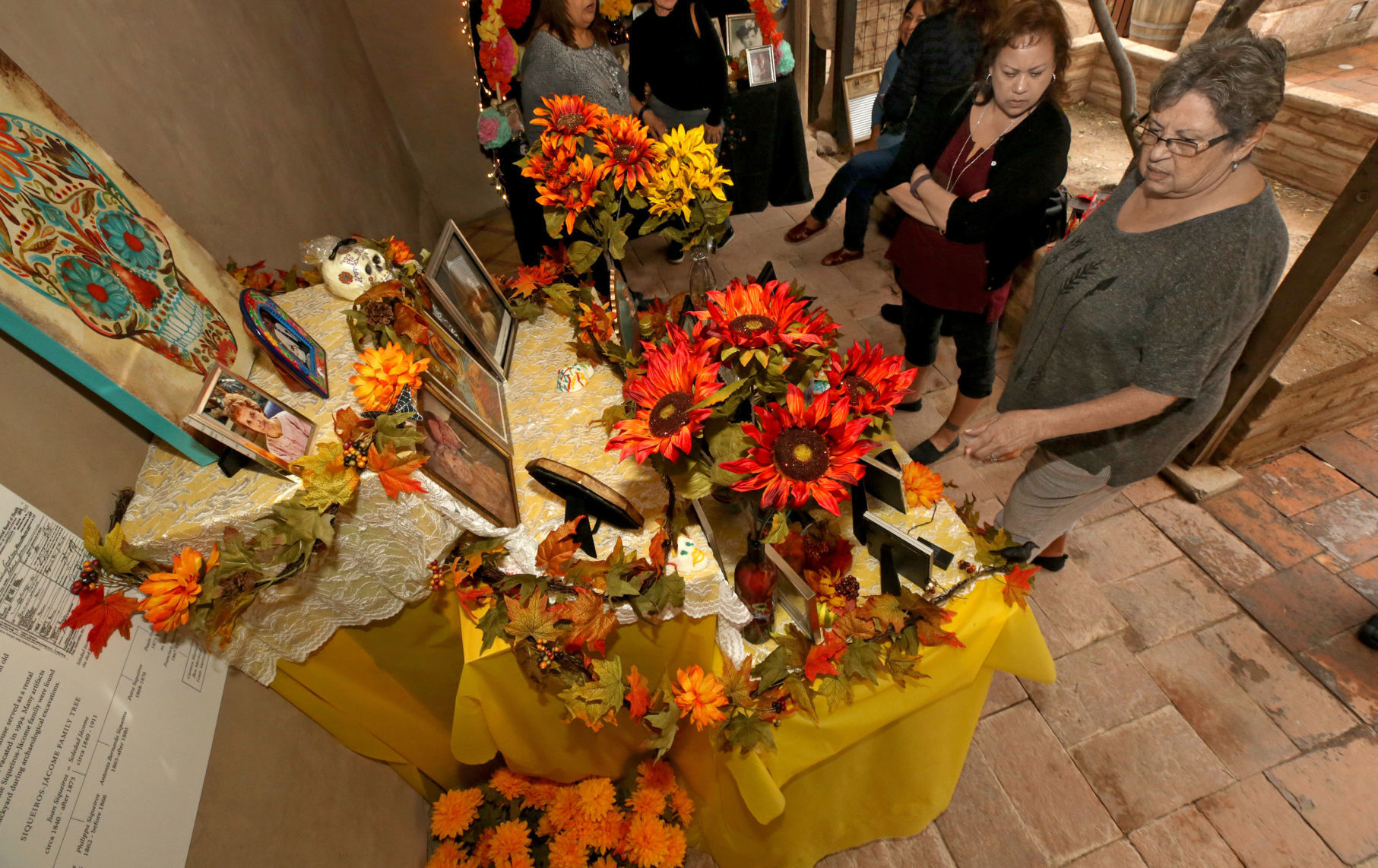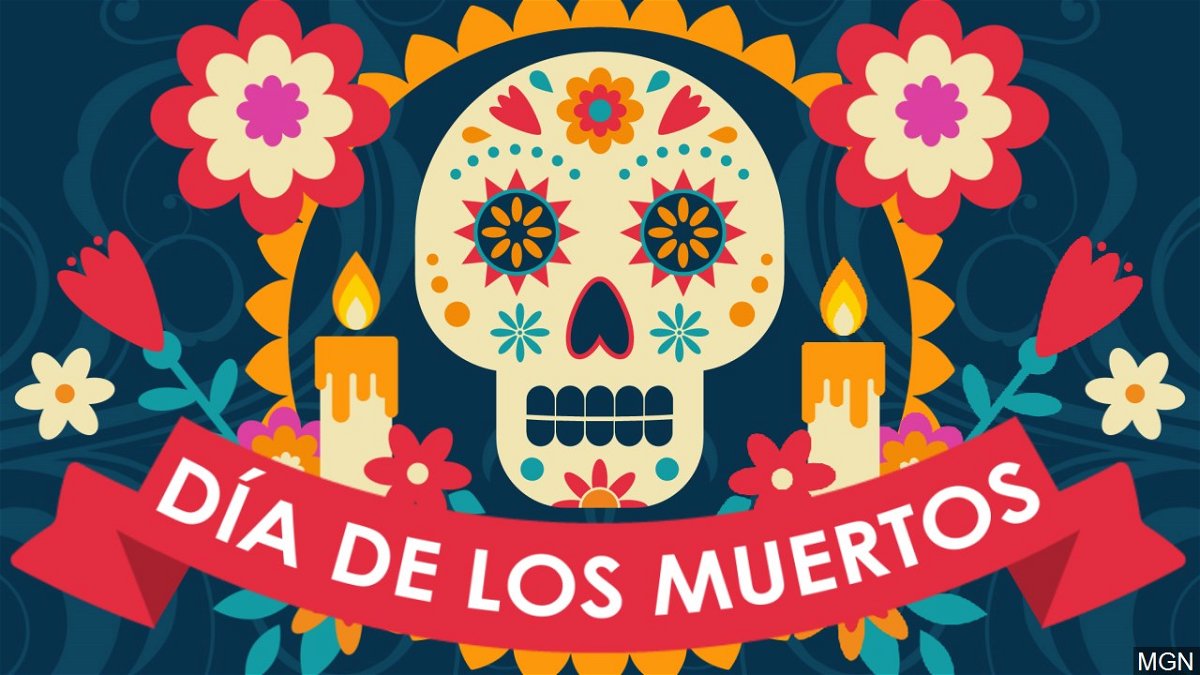

The public may visit the mural at any time, and the mural will be up until the end of November.Īugment El Paso is a collaboration between digital and traditional artists, and passionate individuals who wish to enhance the El Paso Del Norte region and beyond, through our unique art, showcases, educational workshops, and service. Animation will include the following: the woman placing a basket on the ofrenda, or altar the dog barking skeletons in the back moving – carrying their food back to their home candles flickering and smoke coming out of incense burner the papel picado – paper banners – moving with the wind and butterflies flying.
#VIRTUAL DIA DE LOS MUERTOS ALTAR CODE#
Viewers can download the app via QR code on their phone to make aspects of the mural move. The Ofrenda Mural will come to life, or will be augmented/animated, by Augment El Paso. It is a depiction of the true spirit of a traditional Día de los Muertos celebration. This mural is inspired by Cleofas Ramirez Celestino, artist from the state of Guerrero. The family decorates the ofrenda, or altar, to honor the dead with flowers, food, and drink. At the top of the painting, calaveras can be seen participating in the festivities, symbolizing the cycle of life and death. In the background, the deceased line up to receive their offerings, pan de muerto, tamales, candies, fruits, beverages and other treats. This colorful mural depicts a family setting up an ofrenda – a table of offerings- featuring food and treats for deceased family members. Tour the collection virtually by visiting the Culture Connect link!

Mexic-Arte Museum is truly grateful for this significant collection that documents the tradition of Dia de los Muertos in Mexico. Above all, she discovered a deep respect for this age-old tradition. Through study and observations, she learned the subtle differences in the way this tradition is celebrated among the different states in Mexico. Andrade traveled throughout Mexico every October and November to interview local inhabitants, anthropologists, and anyone with knowledge of how this tradition is celebrated in their communities. These include Estado de Michoacán, the Ritual de la Velación de los Angelitos, and the Celebración de los adultos en Michoacán Ciudad de México, Mixquic y Morelos Naolinco, Xalapa, Veracruz Tlaxcala Región Huasteca San Luis Potosí Región Huasteca de Hidalgo and Puebla. The collection includes over ninety color photos taken 1987 to 2016 from various regions and their unique traditions. Andrade Passion for Life, Day of the Dead in Mexico Photography Collection. The Mexic-Arte Museum is beyond proud to announce the recent acquisition of the Mary J. Andrade Passion for Life, Day of the Dead in Mexico Photography Collection They are covered with cempasuchitl flowers, and offerings of bread and fruit are attached. In Michoacán, beautiful offerings in the shape of the four cardinal points are built. Here, family relatives await the arrival of the soul and pay homage and offer companionship. A mat is placed at the foot of the altar for the soul to rest after their long journey home. Salt is placed at the altar for purification.Ĭopal is burned to guide the souls with its aroma.Ĭempasuchitl flowers (“flor de muerto” also known as marigolds) are placed on the ofrenda and sprinkled along the entrance of the house, making a path towards the altar. A lit candle represents each soul, and an extra one is placed for the forgotten soul. Water is placed in a container for the soul to quench its thirst after its long journey.įire is represented by the candles. Wind is represented by the papel picado (paper banners) that move with the breeze.

They believe the aroma of the harvest feeds the souls. In the offering or the altar to the deceased, the four main elements of nature – earth, wind, water, and fire – should be included. On these days, favorite culinary dishes are placed at the altar for the souls to enjoy during their visit with their relatives. The offerings and the altar dedicated to the memory of the deceased is a very solemn ritual its purpose is to welcome back the spirit of the departed loved one.


 0 kommentar(er)
0 kommentar(er)
